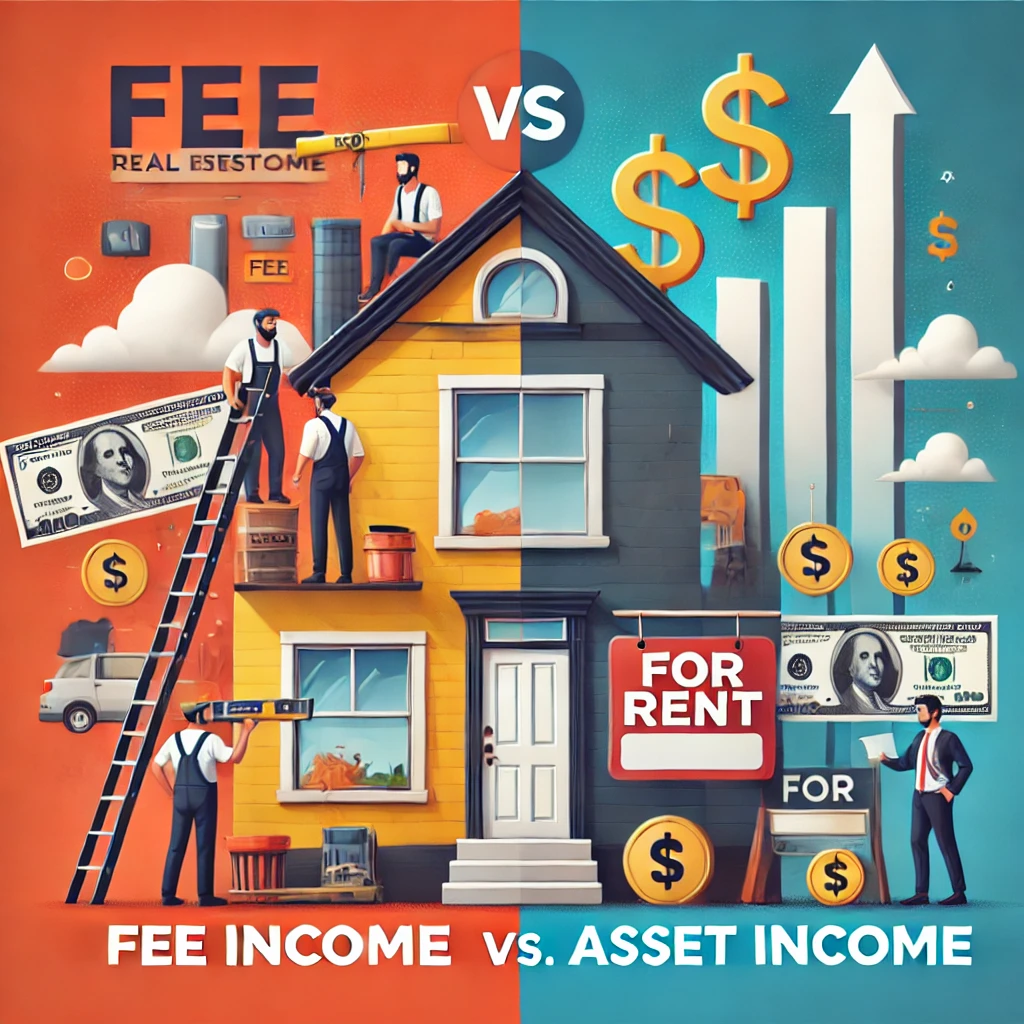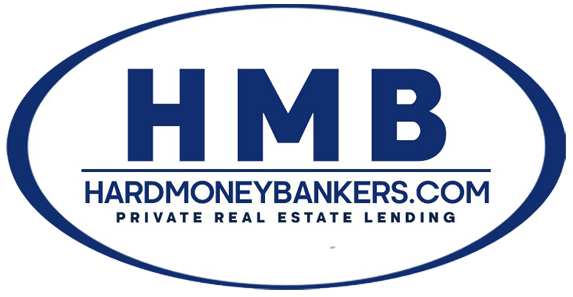When most people first dive into real estate investing, they’re often drawn in by the idea of the investment vehicle itself. The prospect of generating wealth through properties, whether by flipping homes or acquiring rental properties, seems like the ultimate path to financial freedom. However, many investors find themselves getting caught up in the daily grind of fee-based income without realizing that the real power of real estate investing lies in building and acquiring assets. Let’s break this down.
The Difference Between Fee Income and Asset Income
At its core, there are two primary ways to generate income in real estate:
- Fee Income: This is the income you earn by completing transactions or services in real estate. Examples include:
- House flipping: When you buy, renovate, and sell a property for a profit (e.g., $20,000 per flip).
- Wholesaling: Assigning a contract to another buyer for a quick profit.
- Real estate commissions: Income you earn from selling properties as a real estate agent.
While fee income can provide immediate cash flow, it often requires constant effort and hustle. You’re essentially trading your time and labor for money, which means you need to keep working day in and day out to sustain that income.
- Asset Income: This is where the real wealth-building power of real estate truly comes into play. Assets are properties that generate income over time, typically through rental income or appreciation in value. Consider this example:
- Rental Properties: You purchase a property, put some money down, and rent it out. Over time, the property (hopefully) generates positive cash flow, pays down its mortgage, and may even increase in value. This is the magic of asset-building—once you’ve done the heavy lifting upfront, the property works for you. Plus, there are tax advantages associated with owning rental properties, such as depreciation and deductions for property expenses.
Why the Focus Should Be on Building Assets
The key difference between fee-based income and asset-based income lies in sustainability and wealth-building. Fee income is great for immediate cash flow, but it requires continuous effort to maintain. On the other hand, assets, once acquired, continue to generate income with less hands-on work. And as you acquire more assets, your net worth grows over time.
The ultimate goal for savvy investors is to create a balance between the two. By making some income today through fees (such as flipping houses or commissions), while steadily accumulating rental properties and other assets, you can build long-term wealth that will keep growing with minimal additional effort.
The Best Investors Do Both
Successful real estate investors don’t just flip houses and collect fees—they also understand the importance of acquiring assets that will appreciate in value, generate income, and provide financial security over time. They focus on acquiring rental properties, commercial buildings, or other income-producing assets that can generate passive income and appreciate in value over the years. These assets work for them, even when they’re not actively working.
Over time, this strategy allows for sustainable wealth growth and financial independence, without the need to constantly chase new deals.
Conclusion
As you dive deeper into real estate investing, it’s essential to understand the difference between fee income and asset income. While fees provide immediate returns, the true power lies in acquiring and holding assets that generate ongoing cash flow and appreciate in value over time. The best investors combine both approaches, ensuring that they not only earn today but also build wealth for tomorrow.
If you’re looking to take your investing strategy to the next level, start by shifting your focus to acquiring assets that will work for you in the long term. And remember, real estate investing is a marathon, not a sprint—wealth is built over time through strategic planning, acquisitions, and patience.


